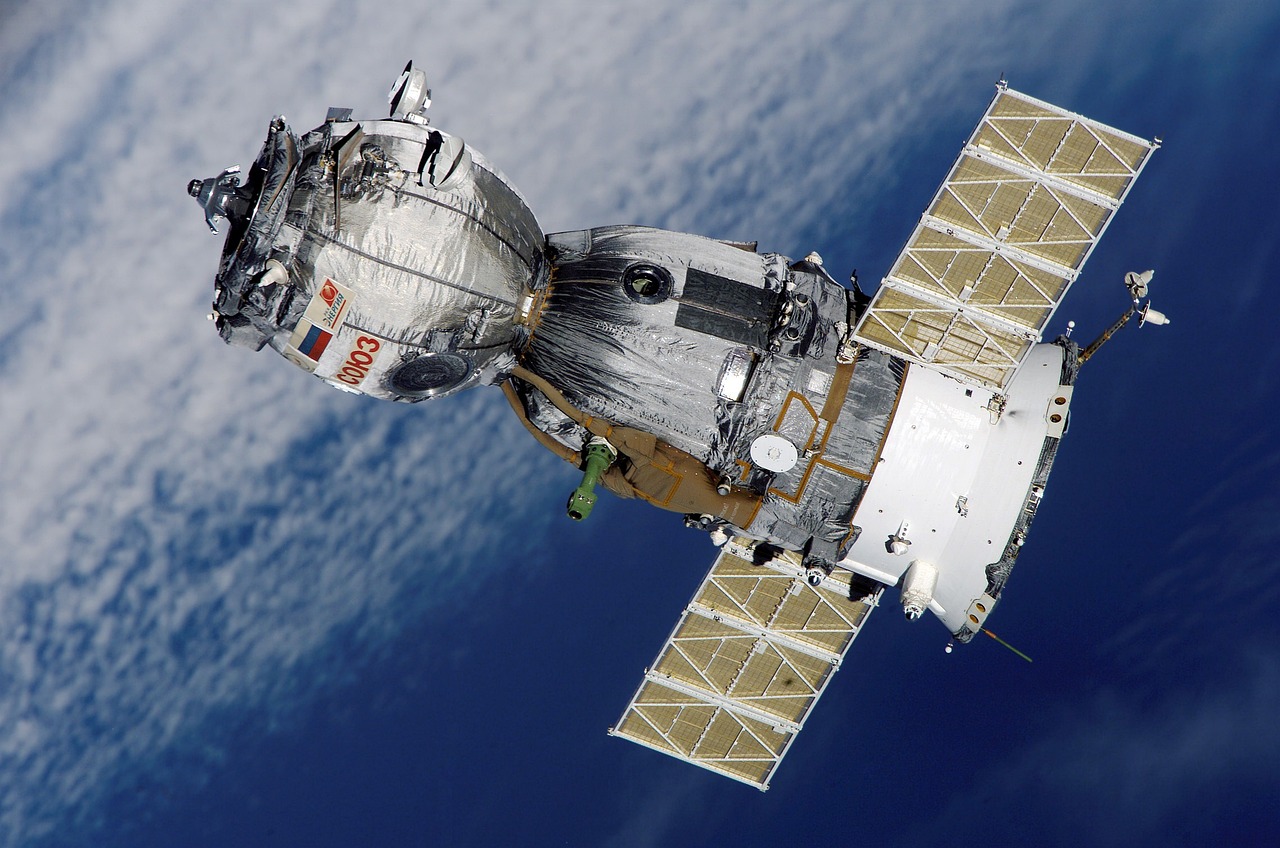The Legal Labyrinth of Space Debris Mitigation
In an era of unprecedented space exploration and satellite deployment, the issue of space debris has emerged as a critical concern for international law and policy. This article delves into the complex legal framework surrounding space debris mitigation, exploring the challenges, current regulations, and future implications for space governance.

Historical Context and Legal Foundations
The legal framework for space activities dates back to the 1967 Outer Space Treaty, which established the fundamental principles of space law. However, this treaty did not specifically address the issue of space debris. As the problem became more apparent in the 1990s, the international community began to recognize the need for guidelines and regulations to mitigate the growth of orbital debris.
Current International Guidelines
In 2007, the United Nations Committee on the Peaceful Uses of Outer Space (COPUOS) adopted the Space Debris Mitigation Guidelines. These non-binding guidelines encourage spacefaring nations to limit the generation of debris during normal operations, minimize the potential for on-orbit breakups, and remove spacecraft and orbital stages from useful orbit regions after mission completion. While these guidelines represent a significant step forward, their non-binding nature limits their effectiveness.
National and Regional Efforts
Several countries and space agencies have developed their own debris mitigation standards. For instance, NASA and the European Space Agency (ESA) have implemented strict debris mitigation policies for their missions. Some nations, like France and the United States, have incorporated debris mitigation requirements into their national space laws. However, the lack of uniformity in these regulations creates challenges for international cooperation and enforcement.
The Challenge of Enforcement
One of the most significant hurdles in addressing space debris is the lack of a robust enforcement mechanism. Unlike other areas of international law, space law lacks a centralized authority to ensure compliance with debris mitigation guidelines. This absence of enforcement power makes it difficult to hold nations or private entities accountable for contributing to the space debris problem.
Emerging Legal Concepts and Proposals
As the space debris issue gains prominence, new legal concepts are emerging. The notion of “space sustainability” is gaining traction, emphasizing the need to preserve the space environment for future generations. Some experts propose the creation of an international space traffic management system to coordinate satellite movements and reduce collision risks. Others advocate for the development of a binding international treaty specifically addressing space debris mitigation and remediation.
The Role of Private Actors
The increasing involvement of private companies in space activities adds another layer of complexity to the legal landscape. While these entities bring innovation and resources to space exploration, they also raise questions about liability and responsibility for debris creation and mitigation. Some legal scholars argue for the need to extend debris mitigation requirements to private actors through national licensing processes.
Technological Solutions and Legal Implications
As engineers develop technologies for active debris removal, such as satellite-based nets or harpoons, new legal questions arise. These include issues of ownership and consent for debris removal, liability for potential damages during removal operations, and the militarization of space debris removal technologies. The legal framework must evolve to address these emerging technological capabilities.
International Cooperation and Future Directions
Addressing the space debris problem requires unprecedented international cooperation. Some experts propose the creation of a new international organization dedicated to space traffic management and debris mitigation. Others suggest enhancing the role of existing bodies like COPUOS or the International Telecommunication Union. Whatever form it takes, future space governance will need to balance national interests with the collective need to preserve the space environment.
In conclusion, the legal landscape surrounding space debris mitigation is complex and rapidly evolving. As space activities continue to expand, the international community faces the challenge of developing effective, enforceable regulations to ensure the sustainable use of Earth’s orbital environment. The coming years will be crucial in shaping the legal framework that will govern space activities and protect our orbital commons for generations to come.





